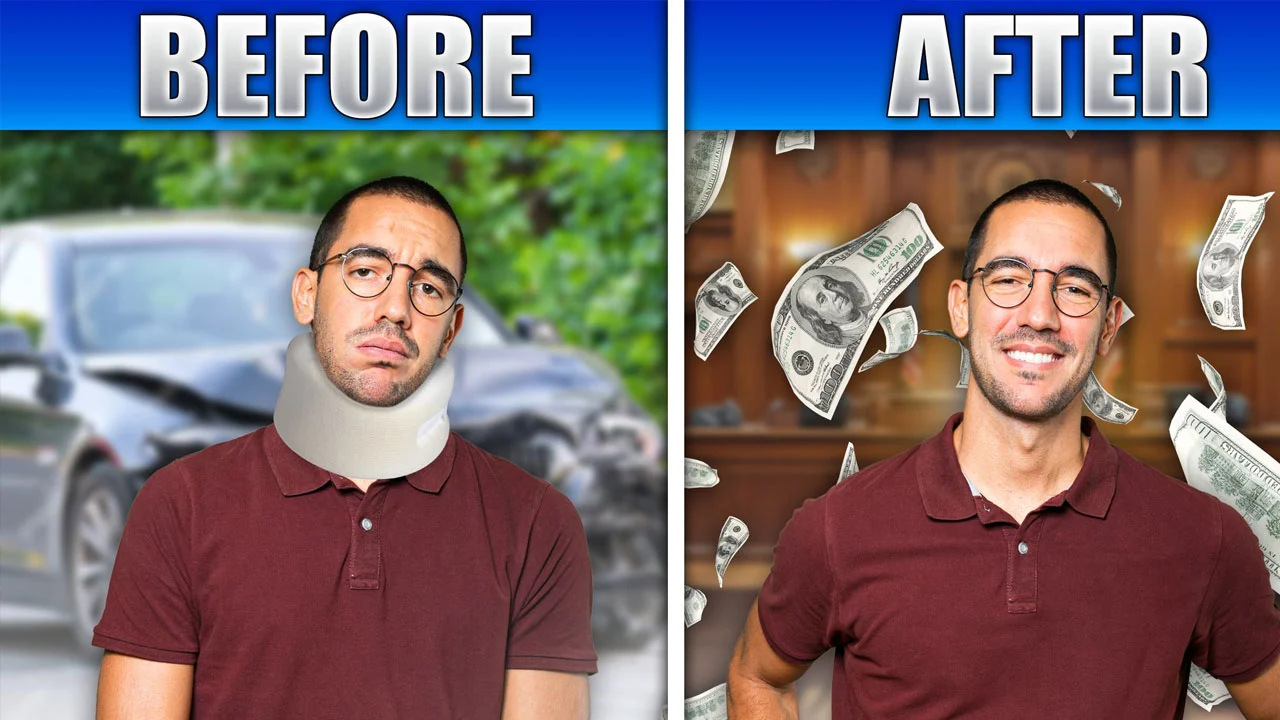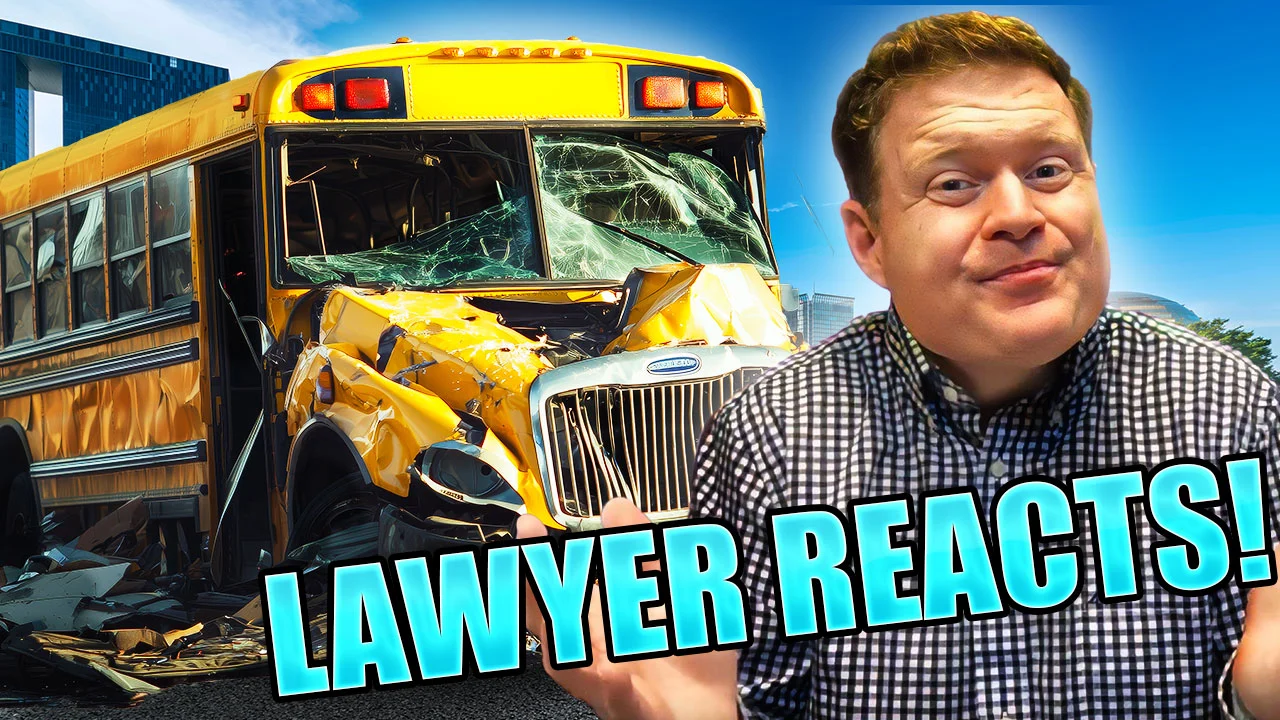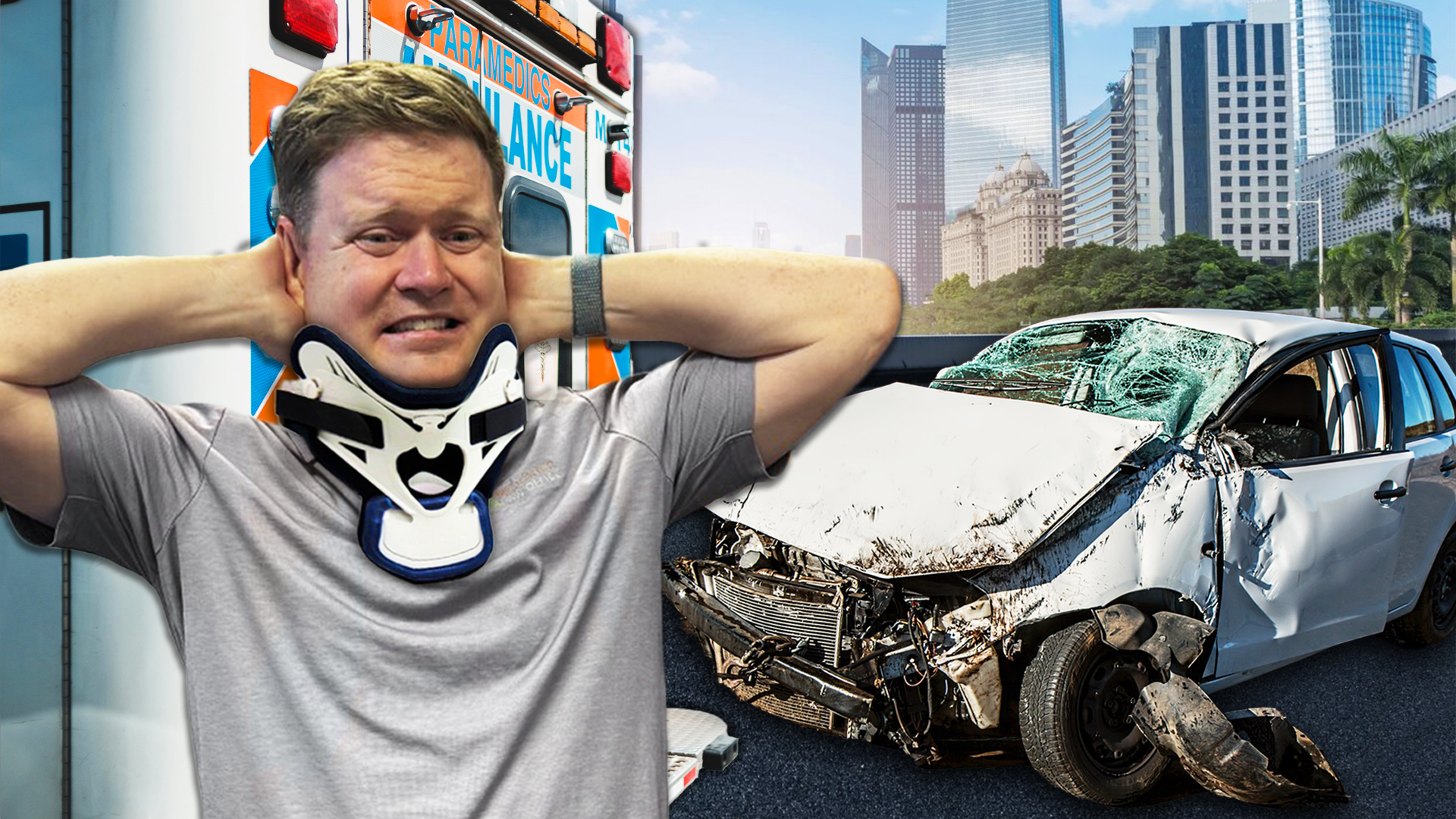Insurance Companies’ Strategy
Insurance companies want to pay you the least amount possible for your injury claim. I know this because I spent years working on behalf of insurance companies defending personal injury claims in court. In order to win, you must show them that you are a fighter and that you will not give up on your case.
Stacy’s Story
Let me tell you the story of my past client, Stacy. I was at my home office one day in the fall of 2020 when I got a call from Stacy. I was working remotely solely from my home office due to the COVID-19 pandemic. Stacy informed me she was injured in a motor vehicle accident.
The Accident
She was driving straight on a two-lane road when someone pulled out in front of her from a side road, fishtailed, and struck her vehicle, knocking her vehicle off the roadway into a brick sign on the side of the road. She was transported by ambulance to the hospital.
Medical Diagnosis
After being discharged from the hospital and getting subsequent medical treatment, an MRI about a month after her accident revealed that the most significant injury she sustained was a tear of the rotator cuff in her right shoulder. After conservative treatment did not stop her pain, she underwent surgery to fix the tear in her right shoulder. This was followed by a couple of months of physical therapy.
Building the Case
After I signed Stacy up as a client, myself and my staff immediately got to work on her case. My office gathered all of her medical records and bills, and gathered proof of her lost wages for her time missed from work. We also tracked down surveillance footage that caught the car accident on video. Liability for the accident clearly rested with the other driver. It was obvious after watching the video.
Adding Value to the Case
To add some value to the case, I also signed up Stacy’s husband as a client for his claim for loss of consortium due to them being deprived of an intimate relationship during this time period and the husband having to take on all the household responsibilities.
The Demand Letter
I then sent a demand letter to the other driver’s insurance company, along with all of the evidence we had gathered in support of Stacy’s claim, including her medical records, medical bills, the video of the accident, and photographs depicting bruising throughout Stacy’s body. We demanded the insurance company pay the policy limits. The insurance company delayed providing us with a response to the policy. I then filed a lawsuit. This got the insurance company’s attention. They hired a defense lawyer and quickly agreed to pay out their insured driver’s policy limits of $100,000. But we weren’t done.
Pursuing Underinsured Motorist Insurance
You see, Stacy was driving a vehicle that had underinsured motorist insurance coverage on it. Underinsured motorist insurance, also known as UIM insurance, is insurance coverage you can purchase on your car insurance that protects you financially and anyone in your car in the event the person that caused an accident with you does not have enough insurance to cover all your damages.
Negotiations and Litigation
So after we settled the claim with the other driver’s insurance, we pursued our claim against the underinsured motorist insurer, who we had also sued in the lawsuit I filed. We attempted a couple of rounds of negotiations with the UIM insurer, but we soon realized that the UIM insurer was not willing to make a fair and reasonable offer. So we continued litigating the case. We answered written discovery questions and requests sent over by the UIM insurance company. We also had the UIM insurance company answer written discovery questions and requests we sent over to the defense attorney they had hired. The defense attorney for the UIM insurance company took Stacy’s deposition. We produced additional evidence we were able to gather throughout the litigation process. I communicated with the UIM defense attorney on several occasions. We finally agreed to mediate the case with the UIM Insurance Company.
Mediation Process
Mediation is a process wherein the parties meet with an agreed-upon, impartial, and neutral person to assist with settlement negotiations. Mediation was held about 33 months after Stacy’s car accident and almost two years after our lawsuit was filed. By the time of our mediation, we had proven to the UIM Insurance Company that we weren’t backing down. This case was only going to settle for a fair and reasonable amount. If they were not willing to make a fair and reasonable amount, we would take the case to trial.
The Settlement
The mediation took place at the defense attorney’s office. We were given our own room at the mediation. The defense attorney and his representative from the insurance company were in a separate room. I was able to speak with my client, her husband, and the mediator. We discussed all the details of the case. The mediator worked both rooms. After hours of mediating the case, we were finally able to come to an agreement. The UIM portion of the case settled for $165,000, bringing the total settlement for Stacy to $265,000. Stacy and her husband were happy.
Lessons from Stacy’s Story
So what can you learn from Stacy’s story? Well, if you play your cards right and sustain an objective injury to your shoulder, such as a tear to your rotator cuff in Stacy’s case, it can pay big, well into the six figures. The severity of the shoulder injury and the treatment needed are the biggest drivers of case value in any injury case. Obviously, if your shoulder injury requires surgery, the surgery will add a significant amount of value to the case.
The Impact of Surgery
No one wants to ever have to endure surgery. If you have an injury where you have to have surgery, the surgery alone amounts to a tremendous amount of pain and suffering. Surgery is painful and it comes with risks. The risks associated with rotator cuff surgery include infection, pain, and death. There is also a risk of nerve or vessel injury, inability to repair the injury, continued pain, and arthritis. Surgery on your shoulder also does not guarantee your shoulder will function like it did before.
Conclusion
At the end of the day, if you have sustained a painful shoulder injury that requires a vast amount of medical treatment like surgery, your injury case can potentially pay big. The thing is, the fact that you have sustained a shoulder injury that requires surgery does not automatically mean you have a big injury case. There must be three factors present in your case in order to have a big payday in your shoulder injury case. And in this video about to pop up here, I’ll tell you the three biggest factors to any injury case, including shoulder injury cases.
Final Advice
Lastly, if you’ve been injured in Kentucky, remember to don’t wait, call Tate.








Recent Comments